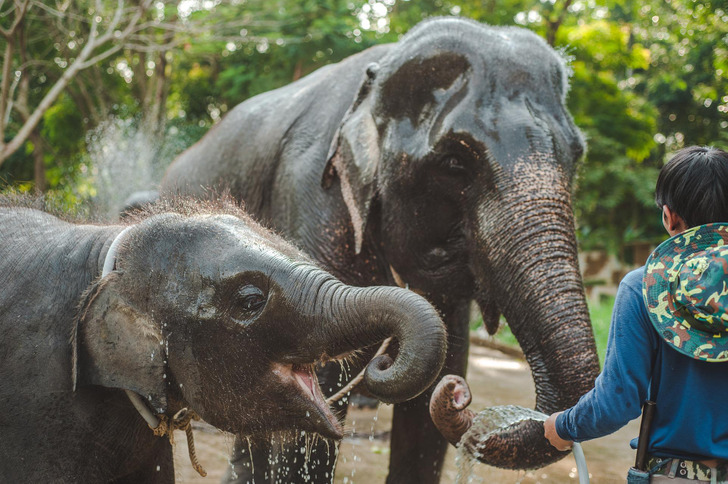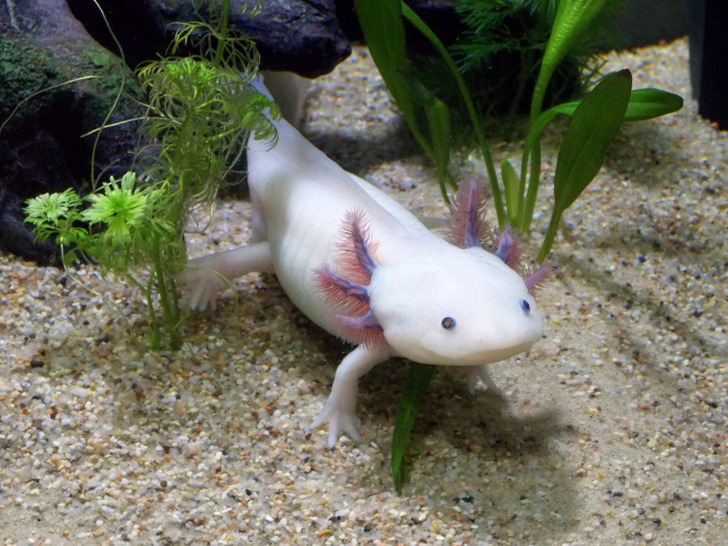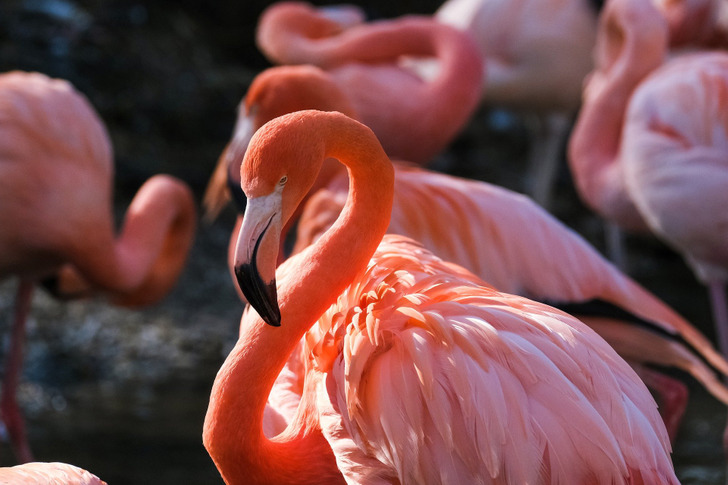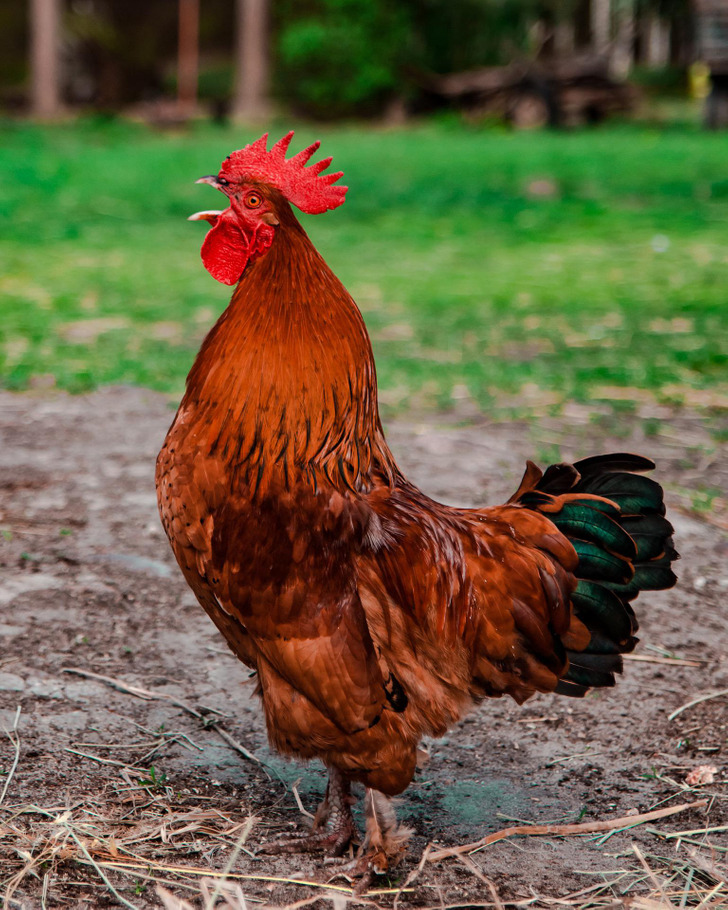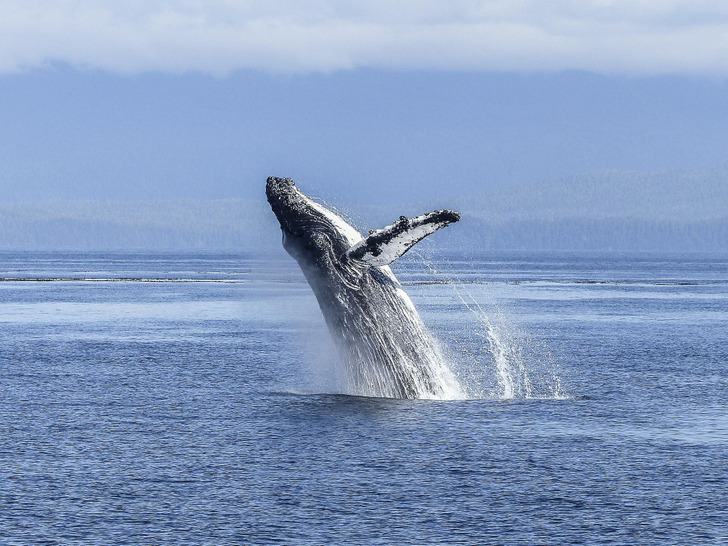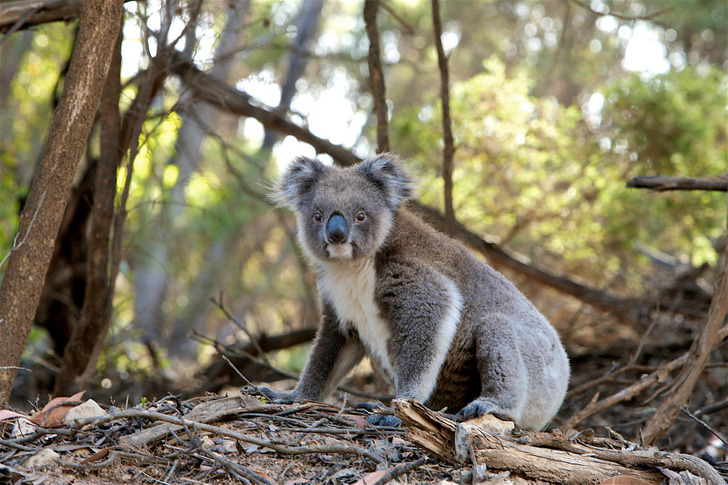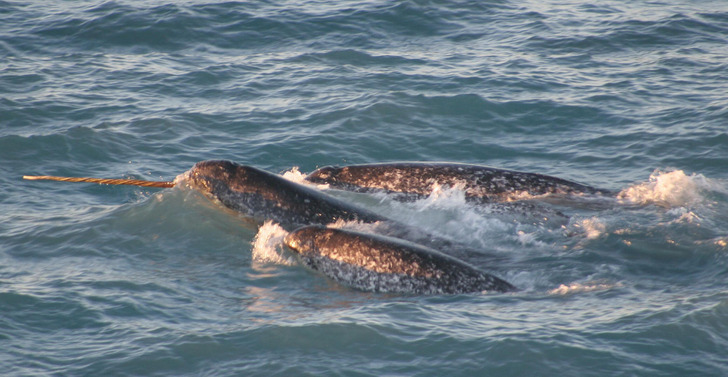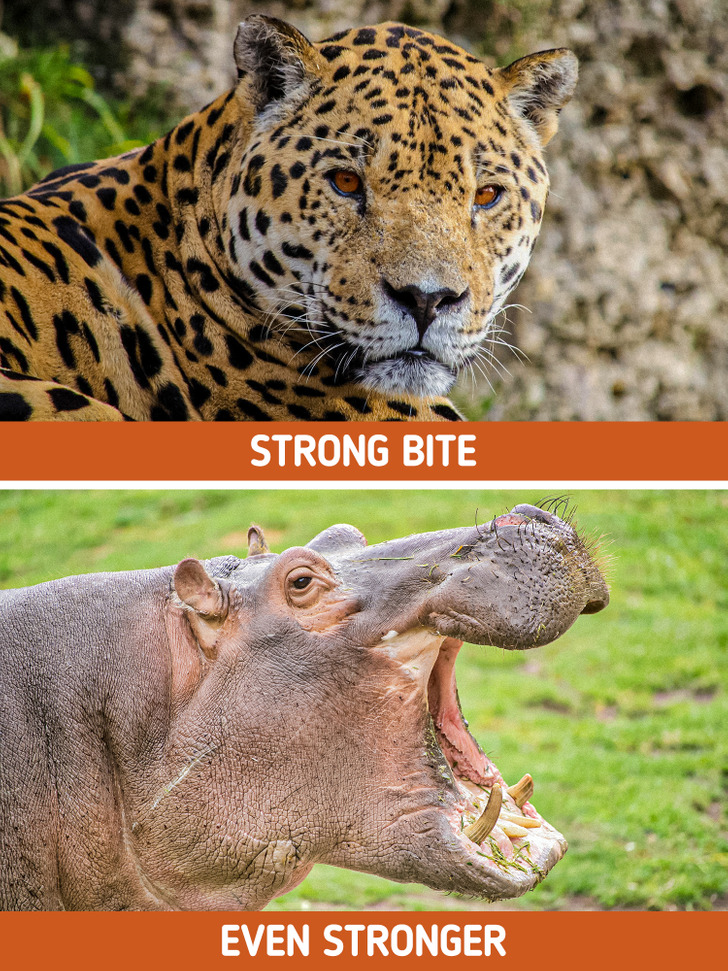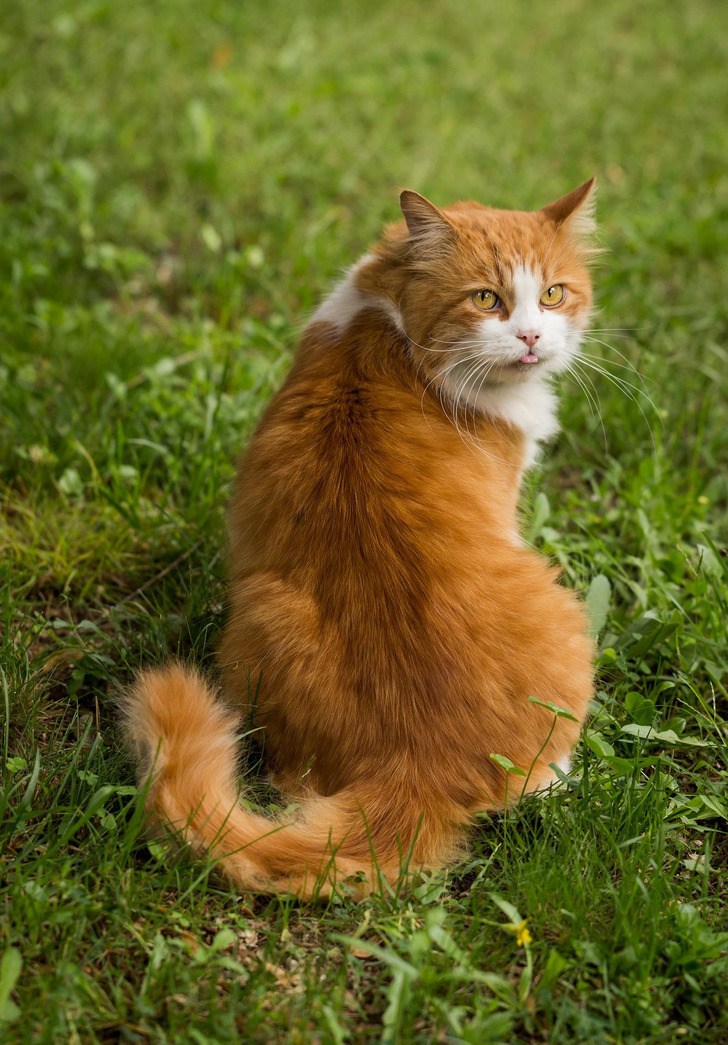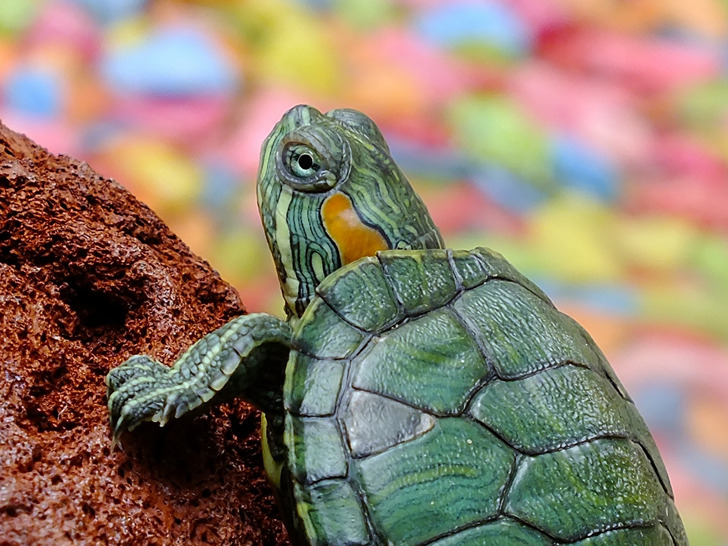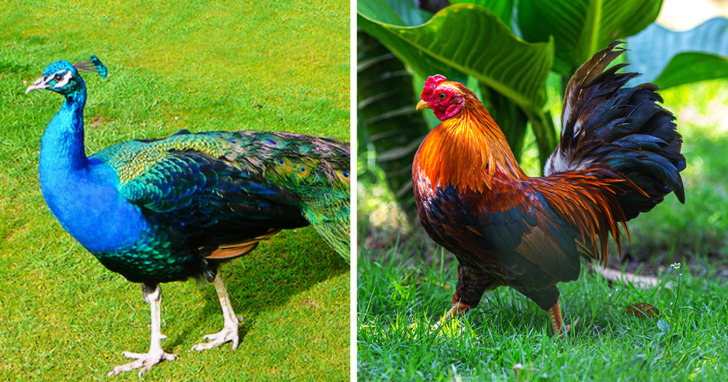12 Interesting Animal Facts Even Biology Teachers Might Not Know
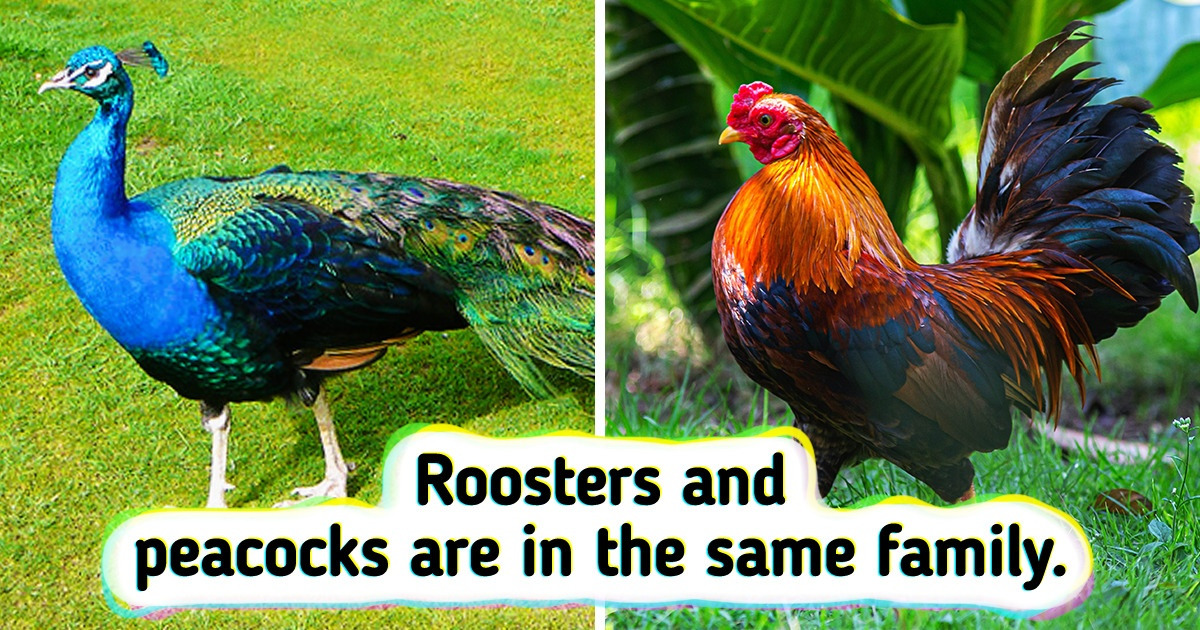
Even though biology books describe some animals in quite a bit of detail, they don’t always reveal the most interesting facts. For example, did you know that dogs can be more dangerous than crocodiles, roosters could go deaf from their cock-a-doodle-dooing, and cats know their names well but simply ignore us by not reacting? We rounded up several facts to show you the lives of animals from a different perspective.
1. Elephants can learn a lot about a person by their voice.
2. Dogs could be more dangerous than crocodiles.
Though dogs are man’s best friend, they could also be the reason for 25,000-35,000 human deaths worldwide every year. It’s not solely about their aggression but the fact that many of them can transmit the rabies virus, an infection that often ends tragically, through their bites.
Crocodiles take about 1,000 human lives per year. Although researchers believe this number may be slightly higher, crocodiles are still far from dogs in terms of danger. Also, mosquitoes are the most harmful creature — from 750,000 to 1 million people suffer from their bites annually.
3. Axolotls can regrow almost any body part, partially restoring their heart and brain.
These amphibians can not only regrow almost any part of their body, including parts of their heart and brain, but they can also exist with body parts and organs transplanted from other axolotls without any issues. In 1968, researchers proved that an axolotl could survive with another axolotl’s head and still live a normal life.
4. A newborn flamingo’s feathers are not pink.
Flamingos aren’t born pink. Did you know that the feathers of young birds remain gray-white until they begin to feed on brine shrimp and blue-green algae that contain a natural dye? Also, the substances contained in crustaceans and algae are poisonous to many other animals. Thanks to their unique metabolism, flamingos can process toxins and release pigments, which ultimately affect the color of their body.
Interestingly enough, not only flamingos’ feathers but also their skin, mucous membranes, and even their fat layer can become pink-orange.
5. Roosters could go deaf from their own crowing.
The sound of a rooster’s crowing is compared to the sound of a running chainsaw by its strength. If the auditory apparatus of a rooster were arranged in the same way as the hearing apparatus of a human, the bird would gradually become deaf from its own crowing. Why don’t roosters become deaf? Scientists have found that half of their eardrum is covered with a piece of soft tissue that dampens incoming noise. When a rooster tilts its head back to start crowing, another part of the tissue covers its ear canal and acts as an earplug.
6. The tongue of a blue whale weighs approximately as much as an elephant.
7. Koalas’ fingerprints are almost identical to humans’.
It’s not just humans who have fingerprints but also some monkeys, gorillas, chimpanzees, and more. However, primates’ fingerprints differ from those of humans, which doesn’t apply to the fingerprints of koalas. Even with careful analysis under a microscope, scientists cannot quickly distinguish the “curls” on the pads of human fingers from the same patterns on koalas’ fingers.
8. The narwhal’s tusk is actually not a horn, but a tooth.
Spiral tusks and elongated fangs are significant features of narwhals. These teeth, which are hollow inside, protrude through the lip of the animal and grow throughout their life, reaching a length of 4.9 to 10.2 ft and weighing about 22 lbs. About 1 in 500 males also produces a second tusk. Occasionally, these growths are also found in females.
It’s thanks to the beauty of their teeth that narwhal males manage to get the attention of narwhal females.
9. A hippo’s bite is stronger than the bite of a jaguar or a shark.
The jaguar holds the record regarding the strength of its bite among felines. Their teeth are so strong that they can easily bite through turtles’ shells. However, hippo fangs are even more powerful. They grow in the mouth of the animal for their whole life and can reach a length of more than 27 inches.
10. Cats can distinguish their names among other words.
Scientists claim that your cat always recognizes its name, even if it ignores you and doesn’t respond. Why do cats behave so strangely? They simply don’t think they are obliged to respond to you.
11. Turtles don’t live in a shell — they are a shell.
12. Roosters and peacocks are in the same family and class.
Most animals have different names for males and females. For example, male peafowl are known as peacocks, and female peafowl are referred to as peahens, while babies are peachicks. There are 3 types of peafowl — Indian (blue), green, and Congo. But in everyday life, we often refer to either of them colloquially as “peacocks.” Like chickens, the male is called a rooster or cock, whereas the female is referred to as a hen.
Did you know that some heavy-ground living birds, like pheasants, partridges, junglefowl, chickens, turkeys, Old World quail, and peafowl, are all in the same Phasianidae family of birds? Interestingly, a chicken and a peacock are also in the same ’’Aves’’ class. Phasianidae are terrestrial, with strong legs and broad, short wings.
How about you? Do you know any other exciting animal facts not listed here? Please comment below! 👇👇
